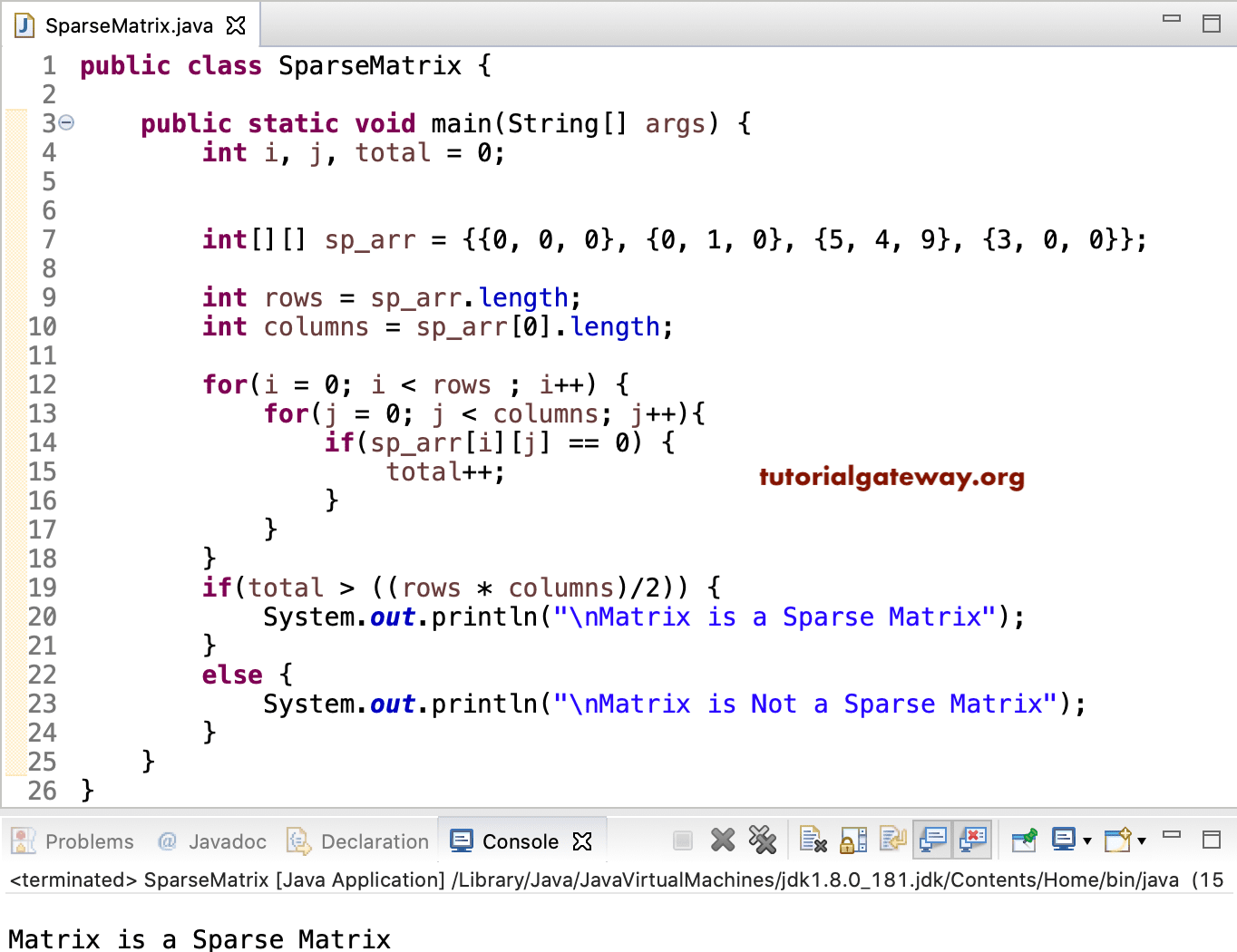
With c: With the setNames function, two vectors of the same length can be used to create a named vector: As can be seen, this gives the same result as the c method. This result shouldn’t be surprising since we generated the data using the rnorm() function, which naturally generates a random sample of data that comes from a normal distribution. Named vector can be created in several ways. logical(0) To check the length of the vector, use the length () method. By default, it will create an empty vector. To create an empty vector in R, use the basic vector () method, and don’t pass any parameter. 05, we can assume the sample data comes from a population that is normally distributed. Create an empty Vector using the vector () method. The p-value of the test turns out to be 0.4272. It’s worth noting that we’re also converting the output to a vector object rather than a matrix with the as.vector function: random<- as.vector(randomStrings(n 5,len 4)) random 1 'GQvO' 'mzM6' 'efMA' 'PIWh' 'Ox54' In the preceding R code, a character string vector with seven vector elements was simulated.

We can even perform a Shapiro-Wilk test to see if the dataset comes from a normal population: shapiro.test(data)

If most of the distribution is within the bounds, this is pretty reasonable but it can get quite slow if you nearly always generate outside the limits. We can also create a quick histogram to visualize the distribution of data values: hist(data, col=' steelblue') Here's one very simple method for generating one at a time (in some kind of pseudocode): r e p e a t generate x i from N (mean,sd) u n t i l lower x i upper. We can quickly find the mean and standard deviation of this distribution: #find mean of sample
#VECTOR CODE TO GENERATE NUMBERS IN R HOW TO#
The following code shows how to generate a normal distribution in R: #make this example reproducible Related: A Guide to dnorm, pnorm, qnorm, and rnorm in R Example: Generate a Normal Distribution in R Let's see this in R by executing the above code by changing the sequence only. This tutorial shows an example of how to use this function to generate a normal distribution in R. Vector multiplication in R follows commutative property of multiplication according to which when two numbers are multiplied with each other, then the result remains the same regardless of their order or sequence.

In addition, the range of the distribution can be specified using the max and min argument. To generate a vector of normally distributed random numbers in R, use the rnorm() function. First, we will require to specify the number required to be generated.

The distributed values are up to 19 because our vector size is 19. In this example, we checked that the variance of the formed normalized values is 2.1 using the summary() function.


 0 kommentar(er)
0 kommentar(er)
